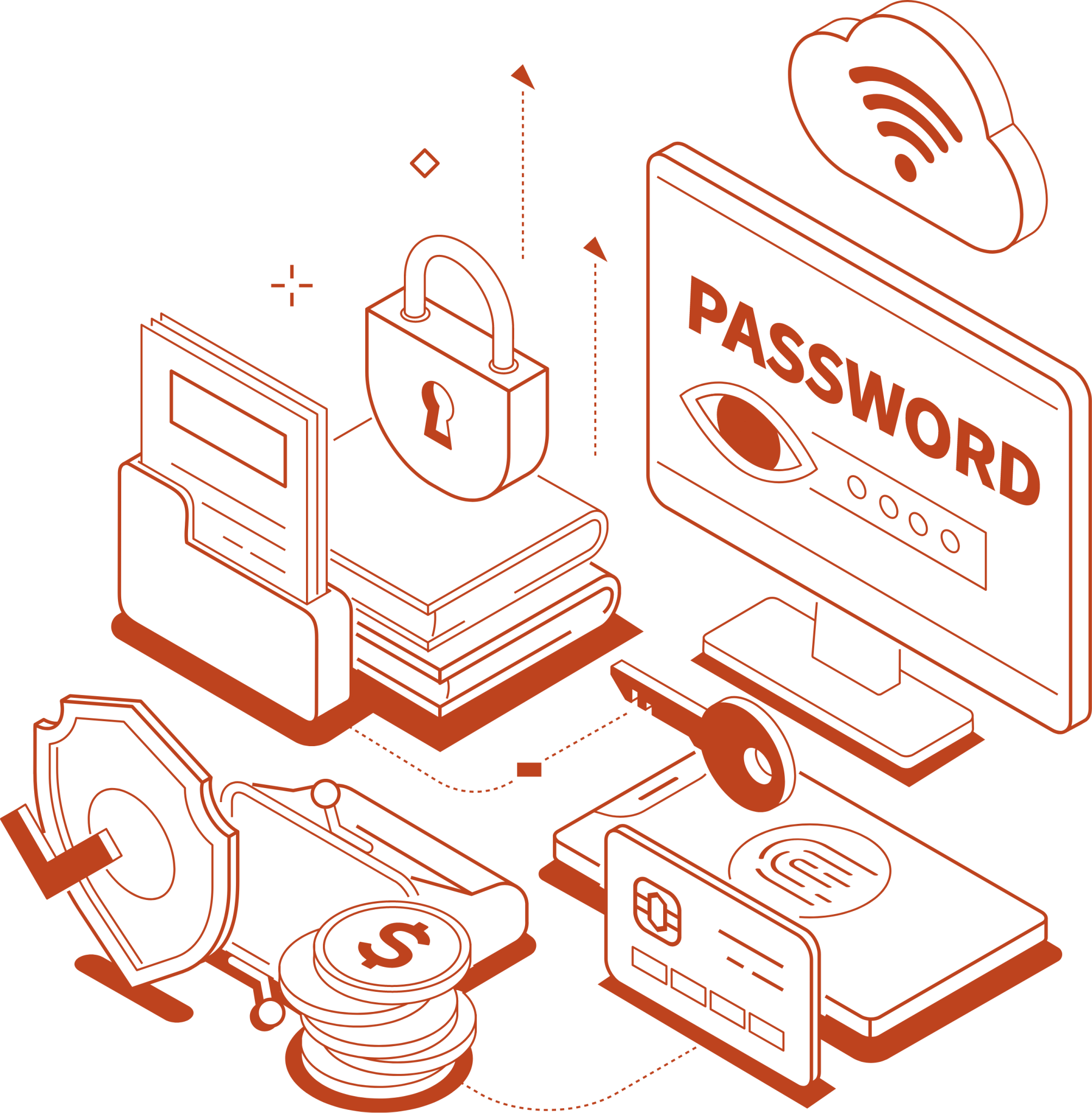User Security 101: Fortifying Your Business Like Your Home
In today’s remote first world, safeguarding your business is more critical than ever. Yet, users are becoming more vulnerable by the day, and hackers know it. Over 90% of cyber attacks begin with a social engineering attack. Businesses must shift their focus from protecting their network to safeguarding their users. Welcome to “User Security 101,” where we’ll explore how to fortify your user security in a way that mirrors protecting your own home.
Building an Outer Defense
Much like the walls that shield your home, establishing a robust outer defense is paramount to any cyber defense. Attacks targeted at employees are typically seeking to deceive users into providing sensitive information, giving away login credentials, or stealing money directly from the business. Social engineering attacks are an attacker’s first step toward gaining a foothold within an organization’s environment.
Think of this as building walls, doors, and windows around your home. You wouldn’t just build them, you would add locks to each one. Making sure they can’t be easily accessed by unauthorized members. Installing locks creates an initial line of security around your home. Stopping intruders from gaining initial access to your home.
This is the same as building an outer defense to your business environment. Adding proper password policies, multi-factor authentication, role-based access control, and identity access management will provide proper security measures to prohibit attackers from easily accessing the company’s systems.
Interior Visibility
Once you’ve ensured your outer defense is as secure as possible, you must prepare for the worst-case scenario. With a home that would be a burglar entering the home. Typically homeowners will install exterior and interior camera systems to monitor for illegal activity. This doesn’t necessarily stop a robber from entering the house, but it can detect, monitor, and identify potential threats.
This concept carries over into user security, as there’s no way to 100% guarantee anyone’s safety. However, you can implement strong threat detection & monitoring tools that can help provide visibility into user actions across your network. These tools can importantly monitor not only external bad actors but also internal users who may turn to press harm to an organization. Monitoring tools can track authentication records, analyze email safety, signal for external file sharing, or identify malicious domains.
It’s important to understand that many of these tools are meant to notify a responder of potentially malicious behavior. Not to automatically stop the attacks from happening.
Building a Quick First Response
Security tools give businesses the opportunity to protect and monitor their environment, however, this is only part of the battle. Businesses must create streamlined ways to identify, track, and respond to potentially malicious behavior. This is similar to having security cameras in your home. The camera system doesn’t automatically call the police (well it might in some special cases) nor does it fight off robbers when they enter. It’s up to you, the homeowner, to have a quick way to respond to respective threats.
This is similar to any type of cybersecurity response. The tools give you the ability to understand what’s happening, but you need to initiate the first move. There are products such as endpoint monitoring tools that quarantine devices when a virus or malware is detected. Or domain name services that automatically block malicious url’s and websites. But for the most part, the response of your team is key to protecting users.
Applying to User Security
With the steps that we’ve laid out above, user security is defined in three areas: Authentication, Security Monitoring, and Threat Response. Each piece acts as a part of a full user security strategy. One without the other isn’t a full user security strategy. Overall, businesses should be able to protect their data in case user credentials are stolen, verify whether a user is who they say they are, monitor for malicious user activity, and respond to any potential user threats. With each step, this is the makings of a complete user security strategy.
Growing a United Front
Building strength in numbers is the best security approach when it comes to user security. Making sure that users are actively participating in a business’s cyber defense is a key step towards a more secure organization. Just as a home is safer with a neighborhood watch, a joint user approach is better for a business. It’s important to find the help you need to provide the expertise, products, and training that your users need to be secure.
In conclusion, safeguarding your business’s user security is akin to fortifying your home. By building a strong outer defense, enhancing interior visibility, responding swiftly, and fostering a united front, you create an environment that’s resilient against potential threats. At Hada Security, we’re here to guide you through these crucial steps, ensuring that your user security is in the best state possible. Take our 5-Minute Security Quiz to see where we can help.






